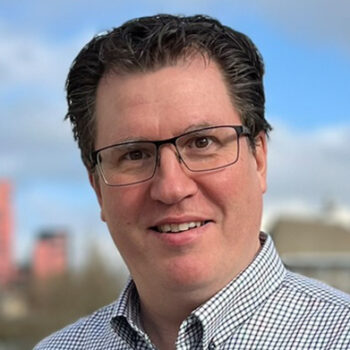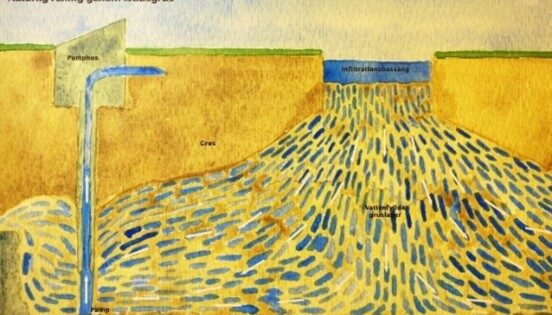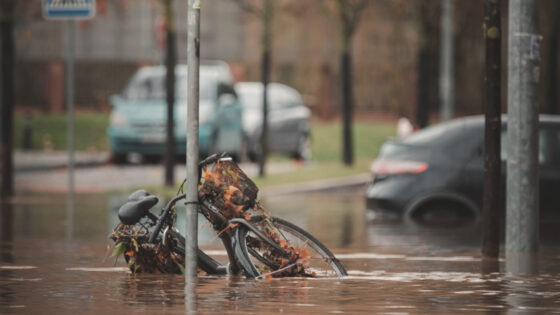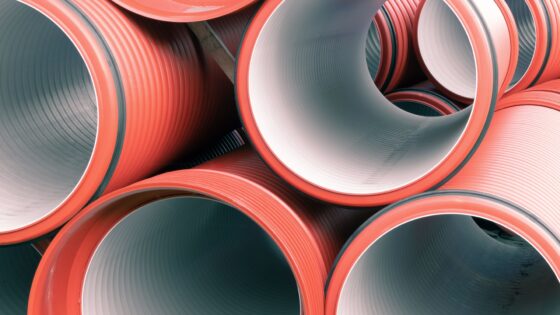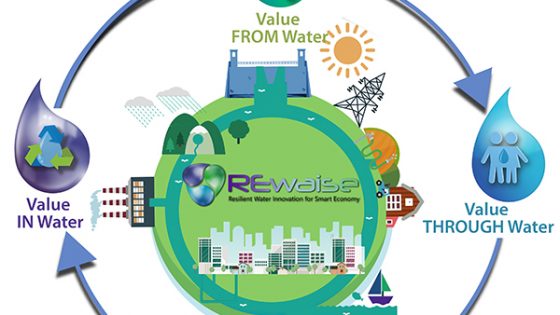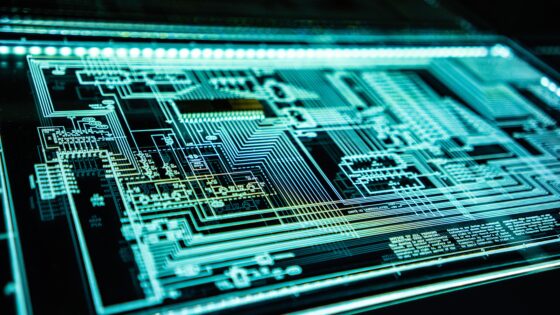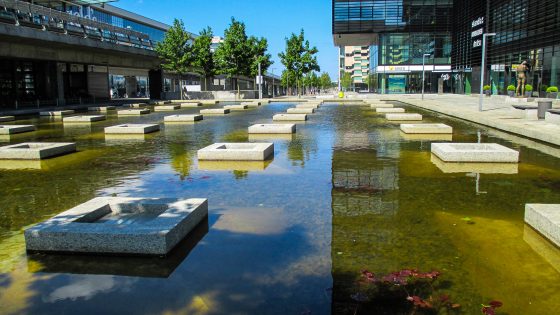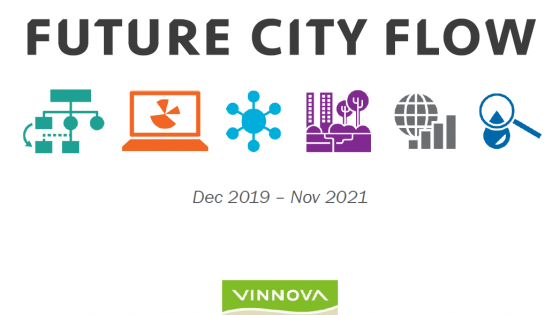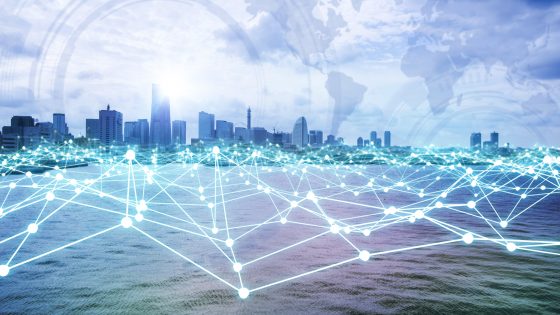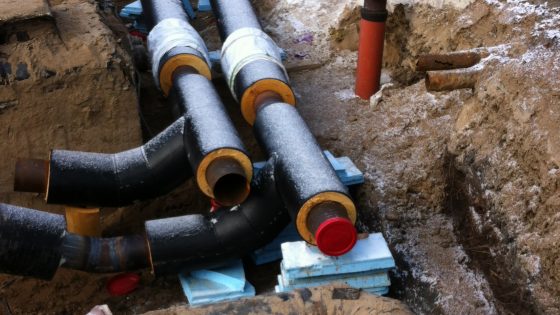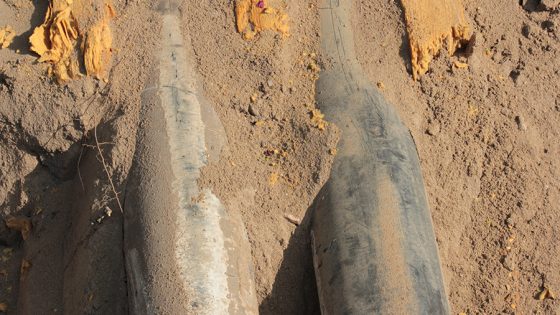We will no longer let the pipe network lie buried in the ground until it gives up. We must listen to it, cooperate with it, and let it tell us how it feels. With the help of online sensors, we find out where high levels of bacteria suddenly occur, with the help of flow meters in combination with AI models, we find out where an early leakage has just occurred, and by analyzing existing data, we find out which lines are in the worst condition and should be replaced first. The intelligent pipe network does not stay silent.
Intelligent water and wastewater networks
The proactive way of working
The water and waste water industry has historically worked reactively. This has manifested itself by, for example, burying waste water, storm water and drinking water pipes and leaving them alone until there is reason to bring out the shovel again. This may be due to a sudden leak, acute deterioration of water quality or recurring problems with flooding and overwatering. Sometimes the management lasts for 150 years, sometimes for 15 years – it has been difficult to know in advance.
Digitization has now seriously begun to make its way into the water and waste water industry, and the pipe networks are one of the first stops. Although things like artificial intelligence (AI) have been around since the 1960s and wireless networks for a couple of decades, it is only in recent years that computing power has become so powerful and at the same time so much smaller in size and price that it has become reasonable to implement widely. It suddenly gives the water and waste water industry a real boost in the possibilities of developing a proactive way of working.
What does SWR do within the focus area?
Although neither digitization nor water and waste water operations are new phenomena, the combination is. There is very limited research in the area. The development efforts are all the more with a series of new services and products that have reached or are trying to reach the market. Here you can find everything from groping and pious hopes to stripped-down and well-thought-out solutions. As a traditional water and waste water business, trying to navigate correctly among these seasoned with this year’s buzzwords is not easy – Big Data turns to the Internet of Things to later be replaced by a focus on AI and Machine Learning and the like.
For Sweden Water Research and our owner companies, it is of great importance to understand the new digital landscape, and to understand how to work with the issue yourself so that the focus is maintained on the need and not on the tool.
SWR’s mission is to support our owners to become clothed for the new normal – a pipe network that delivers more to growing cities while consuming less resources.
We work with the following areas
The proactive water and waste water organization
Digitization of the wiring networks can provide unique opportunities for the VA organizations to switch from a reactive to a more proactive approach in their operations. However, there is no given answer as to how this should happen, but they must here first understand what data they already have in order to be able to find out in the next turn how it should be used and what data needs to be supplemented.
Water quality in the pipe network
There is intensive sampling of drinking water at the treatment plants before the water is sent out into the pipe network. You also have good control of the water quality at the customer, but there is currently little knowledge of how the water changes along the way. It can take weeks from the time the water leaves the treatment plant until it reaches the most distant customers on the pipe network. It also means that, with new sensors and online measurement, it would be possible to quickly become aware of a sudden deterioration and have time to act, re-direct, before unserviceable water reaches the customer.
Planning tools and decision support systems
The pipe networks are connected from the water source via the treatment plant, distribution network out to the customer and then on to the waste water pipes towards the waste water treatment plant. Therefore, decisions and daily management need to take into account everything from climate and weather to customer behaviour. With the help of digitization and interconnection of these different chains, the water and waste water system can be operated more optimally and deliver higher quality. A subcategory consists of so-called blue-green solutions – how the city can manage a more uneven flow of rainwater by delaying and planning the water’s path so that floods and inundations are avoided.
Status assessment of pipes
Put simply – which pipe will leak tomorrow? This is about increasing the availability of new methods for application. It can be about methods that examine the pipe, e.g. probes or cameras in the pipe, but also about methods that analyze the pipe through, for example, sound waves. More recently, people are looking more towards methods that, through assessments of existing data, can work out what condition a pipe is likely to be in. Leak detection is a subcategory where you try to find the pipes that leaked yesterday, but this can also be done with new methods such as AI models or using satellite.
Objectives of the focus area
By 2025, we will have:
- Started implementation of automatic optimization for distribution of drinking water and collection of waste and storm water.
- Created an understanding of how data collection, quality and structure can drive the work of intelligent new investment, reinvestment, operation and maintenance.
- Developed a digital test bed provided for business development, product development, research and innovation.

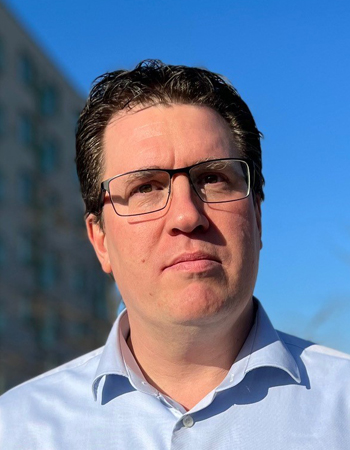
Focus area leaders
Ingemar Clementson and Jesper König
ingemar.clementson@nsva.se jesper.konig@swrab.se
+46 76-723 87 80 and +46 73-5180982


